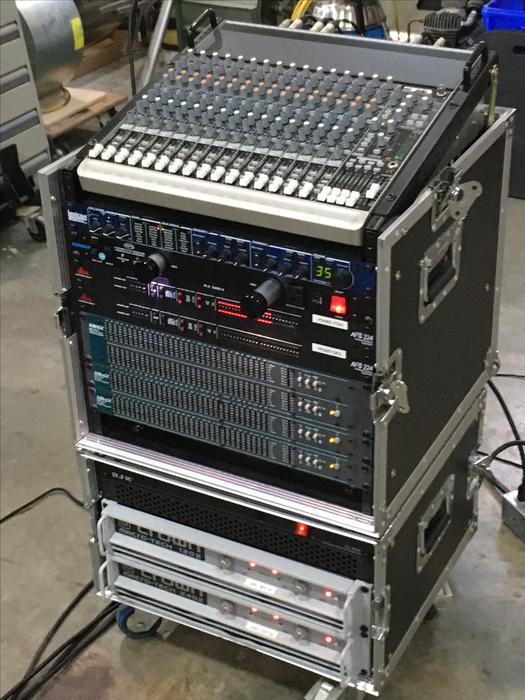
Specify the 'raw' format explicitly to remove the restrictions. Automatically detecting the format is dangerous for raw images, write operations on block 0 will be restricted. WARNING: Image format was not specified for '-raspios-buster-full-armhf.img' and probing guessed raw. Try running the command gdk-pixbuf-query-loaders > C:\files1\qemu\lib\gdk-pixbuf-2.0\2.10.0\loaders.cache to make things work again for the time being. If you enjoy this Instructable, consider checking out my TechWizTime YouTube Channel.Īnd for a good source of Raspberry Pi products, check out my Raspberry Pi Amazon List.Ĭ:\files1\qemu>qemu-system-arm -kernel kernel-qemu-4.19.50-buster -cpu arm1176 -m 256 -M versatilepb -no-reboot -serial stdio -append "root=/dev/sda2 panic=1 rootfstype=ext4 rw init=/bin/bash" -hda -raspios-buster-full-armhf.img qemu-system-arm: warning: GdkPixbuf: Cannot open pixbuf loader module file 'C:\files1\qemu\lib\gdk-pixbuf-2.0\2.10.0\loaders.cache': No such file or directory This likely means that your installation is broken.
Qemu system arm speed up windows 10#
If you turned on SSH, you’ll see a warning, click on “Yes”Ĭongratulations, you’ve just installed Raspbian on your Windows 10 PC via QEMU, configured it, optimized it and that’s it for this Instructable. Open it again via cmd using the “start.bat” Type in “sudo /etc/init.d/dphys-swapfile start”ĮXTRA: You can go to Localization and select your country of residence or the country you prefer and then click on “Keyboard” to change your keyboard settings. Type in “sudo /etc/init.d/dphys-swapfile stop” Go down to where it says “conf_swapsize=100” and change the “100” to “1024” Get inside the Terminal of Raspbian once it loads.Ī message will appear saying that the partition rezise was successful.

In the cmd, start the emulator by starting the “start.bat” file. You’ll get a message stating that the creation of the partition failed, shut down the emulator for the changes to take effect. When it ask for the last sector, press “Enter” to use the whole ammount of the image. You’ll be asked for the first sector of the partition, type in the number you see on the first partition +1. In the cmd, type in “qemu-img.exe resize -raspbian-jessie.img +4G”Ī small error will appear, but the resizing will take effect.

Type in “sudo nano /etc/udev/rules.d/les” Press “Enter” Type in “KERNEL=”sda”, SYMLINK+=”mmcblk0″ KERNEL=”sda?”, SYMLINK+=”mmcblk0p%n” KERNEL=”sda2″, SYMLINK+=”root”” Type “cmd” on the address bar to start up the command prompt. Type in “qemu-system-arm -kernel kernel-qemu-4.4.34-jessie -cpu arm1176 -m 256 -M versatilepb -no-reboot -serial stdio -append “root=/dev/sda2 panic=1 rootfstype=ext4 rw init=/bin/bash” -drive “file=-raspbian-jessie.img,index=0,media=disk,format=raw” -redir tcp:2222::22″ Get inside the folder where you extracted Raspbian, QEMU and placed the Kernel.Ĭreate a new text file and name it “start.bat”


 0 kommentar(er)
0 kommentar(er)
